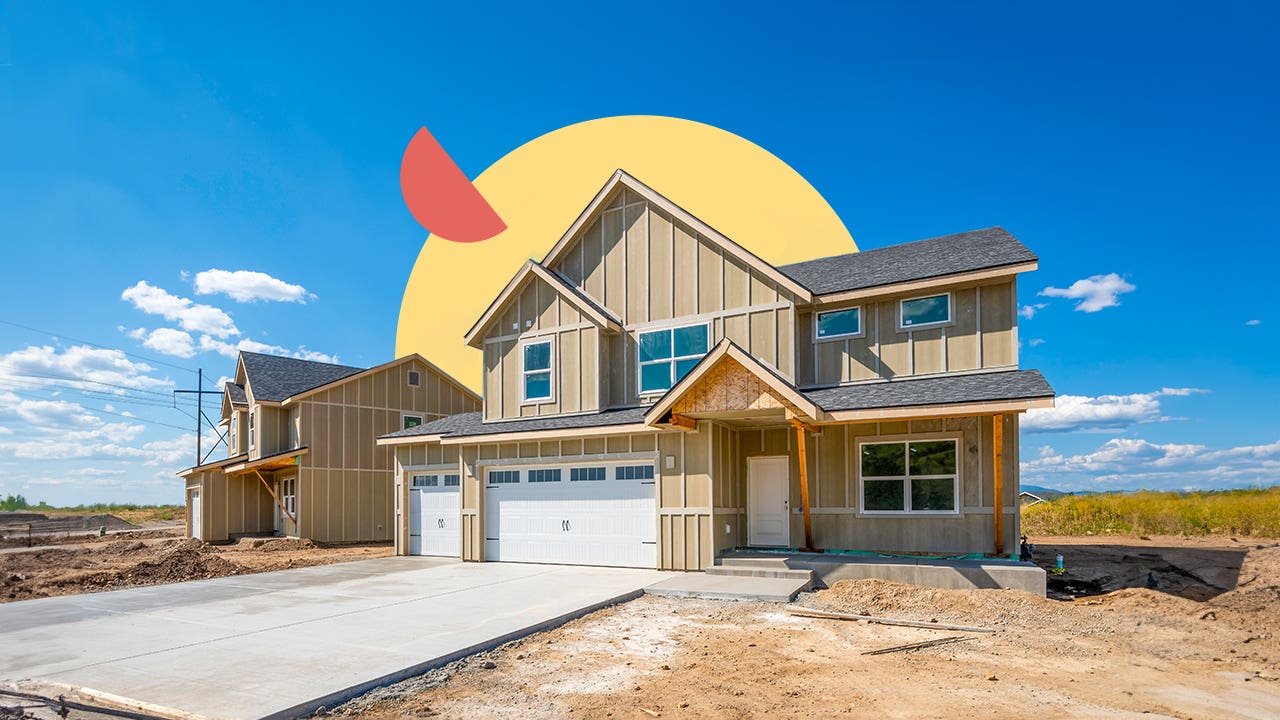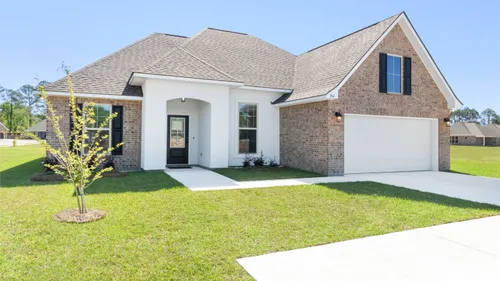Exactly How a General Specialist Can Change Your Usual Locations Into Useful Rooms
The improvement of common areas right into practical rooms is a nuanced process that calls for a basic professional's know-how in examining specific neighborhood demands and creating tailored services. By taking into consideration aspects such as layout, accessibility, and aesthetic charm, a professional can develop settings that not only serve sensible purposes however additionally foster community interaction.
Assessing Current Common Location Requirements
When evaluating typical locations, it is important to determine and recognize the specific needs of the neighborhood they offer. This procedure starts with a thorough assessment of present usage patterns, which includes gathering data on foot traffic, peak usage times, and activities happening within these rooms. Involving with area members via conferences or studies can give beneficial insights right into their choices and difficulties.
Next, it is necessary to take into consideration the group make-up of the area, consisting of age, way of living, and any kind of unique requirements that may impact exactly how these areas are used. Families with young youngsters might need play areas, while older adults might focus on ease of access features.
Additionally, assessing the existing infrastructure and services is critical. Determining locations that are underutilized or in need of repair work can inform possible improvements. Collaborating with stakeholders, such as residential property managers and local companies, makes sure that the assessment mirrors a detailed understanding of the community's demands.
Eventually, a precise evaluation of present common location needs prepares for efficient transformations, enabling the development of rooms that promote engagement and improve the overall top quality of life within the neighborhood.
Designing for Capability and Appearance
An extensive understanding of neighborhood needs sets the phase for effective style that stabilizes performance and visual appeals alike locations. Effective style calls for a thoughtful approach that thinks about both the practical uses of the room and the aesthetic charm that boosts the environment.
Practical layout entails producing rooms that satisfy the particular tasks and communications of the community. This might include adaptable seating setups for gatherings, available paths for people with wheelchair challenges, or marked locations for entertainment activities. Each element needs to offer an objective while ensuring ease of motion and convenience for customers.
The selection of shades, products, and illumination can considerably affect the understanding of an area. Additionally, aligning the design with the community's cultural identification can promote a sense of belonging and pride.
Budgeting and Resource Allocation
Effective budgeting and source allowance are crucial elements in the successful transformation of common locations. A distinct budget plan outlines the financial criteria within which the job should operate, ensuring that costs are regulated and sources are effectively made use of. This begins with a thorough analysis of job requirements, consisting of design components, materials, and labor.

A general service provider plays a critical function in this phase, teaming up with stakeholders to establish realistic budget plan quotes that align with the desired vision. By focusing on essential features and discovering cost-effective alternatives, the service provider can enhance spending without jeopardizing quality.
Source allotment requires strategically appointing personnel, tools, and materials to various phases of the job (Carmel find out In Contractor). This calls for cautious preparation to avoid hold-ups and guarantee that each component is provided on time. Furthermore, normal tracking of expenses versus the budget assists to recognize prospective overruns early, permitting for prompt adjustments
Handling Building And Construction Process Effectively
Managing the construction process effectively is necessary for accomplishing prompt project conclusion and keeping spending plan honesty. A well-coordinated strategy entails meticulous preparation, clear interaction, and reliable source monitoring. General service providers must develop a thorough task timeline that lays out each stage of building and construction, enabling the identification of important turning points and prospective traffic jams.
Regular progress conferences are vital for maintaining all stakeholders informed and aligned. These conferences assist in the timely resolution of issues, ensuring that the task remains on track. Furthermore, utilizing task administration software can simplify interaction, track progress, and take care of paperwork, decreasing the likelihood of hold-ups and misconceptions.
Effective source allotment is additionally vital. By guaranteeing that products, labor, and devices are available when required, basic specialists can avoid pricey interruptions. Applying a proactive strategy to run the risk of monitoring further boosts efficiency, as it permits for the recognition and reduction of potential difficulties prior to they escalate.

Making Sure Conformity and Quality Specifications
Conformity and quality criteria are fundamental to the success of any type of building and construction project, making sure that the ended up spaces not only meet customer assumptions but likewise follow governing demands. A basic contractor plays a critical function in imposing these requirements throughout the building and construction procedure.
First, it is important for the specialist to remain upgraded on neighborhood building ordinance, safety policies, and market finest methods. This expertise allows them to guide design choices and material selections that align with compliance requirements. Routine assessments and high quality evaluations throughout the building stage assistance to identify potential problems early, alleviating pricey hold-ups and revamp.
In addition, a trusted general professional fosters a culture of quality amongst employees and subcontractors. This can be attained by supplying training on conformity procedures and applying rigorous top quality control procedures. By establishing clear communication channels, the contractor can make certain that every person included understands their responsibilities regarding conformity and high quality.
Final Thought
To conclude, the duty of a basic professional in transforming usual areas right into useful areas is essential. Via a detailed evaluation of community demands, thoughtful style, meticulous budgeting, and reliable project monitoring, these experts can create atmospheres that enhance use and aesthetic allure. Adherence to compliance and top quality requirements further makes sure that revitalized rooms click this link not only fulfill the expectations of stakeholders yet also foster involvement and enrich the general experience for all users within the area.
The change of usual areas right into functional areas is a nuanced procedure that requires a basic contractor's knowledge in analyzing particular neighborhood demands and developing tailored services. By taking into consideration elements such as design, ease of access, and visual allure, a professional can produce settings that not only serve functional objectives but also foster neighborhood involvement. General contractors should develop a thorough project timeline that describes each phase of building, permitting for the recognition of possible traffic jams and critical milestones.

Comments on “Specialist Carmel In Contractor for New Builds and Renovations”